LCD displays are driven by AC waveforms. I've seen many references referring to permanently damaging them with DC current. When exposed to DC, LCD's fail and conduct excessive current. My question is: what exactly changes physically? Does a contact become "plated" with liquid crystal molecules preventing current flow? Do electrons permanently migrate? Are molecules broken down?
-
1LCD’s operate on voltage controlled charge current which is very small. If damaged by ESD, They will fail and conduct excessive current – Tony Stewart EE75 Mar 20 '18 at 02:28
-
@TonyStewart.EEsince'75 Thanks. I realize that while I'm asking about what's "actually/physically" happening, it would be good to include a summary of how LCD's fail as a component. I added that via an edit. – gtrevorjay Mar 20 '18 at 02:50
-
2[EEVblog #1044 - LCD Technology Tutorial](https://www.youtube.com/watch?v=mo4_5vG8bbU). – Jeroen3 Mar 20 '18 at 07:57
-
@Jeroen3 This video is a great resource to point people to in general, thanks for the link. – gtrevorjay Mar 21 '18 at 07:58
2 Answers
A LCD segment consists of a cell filled with liquid with very thin transparent electrodes on either side.
If a DC voltage is applied to this metal is transferred from the anode to the cathode resulting in the anode getting thinner. Eventually the anode will fail or its resistance will increase reducing its effectiveness.
Excessive current will be caused by metallic whiskers growing between the electrodes by the same mechanism effectively shorting the electrodes. Imagine that you have a high point on one surface the electric field is stronger at the high point so it attracts more metal ions making it higher making the field stronger......
- 8,418
- 6
- 25
- 40
-
I can see that you end up plating metal from one contact to the other, but does the DC really cause whiskers? – crj11 Mar 20 '18 at 10:57
-
1Yes it does, imagine that you have a high point on one surface the electric field is stronger at the high point so it attracts more metal ions making it higher making the field stronger....... (answer edited to address) – RoyC Mar 20 '18 at 11:52
An article on Focus LCD's article Segment LDC displays avoiding excessive DC component states this:
Results of excessive DC component on a segmented LCD Extended operation of an excessive DC component on a static display, or segment LCD, can damage the display by electro-plating the electrode contact. Noticeable results of a damaged display can include a blurry segment (decrease in contrast) and the segments can become burned in.
- 168,990
- 12
- 186
- 385
- 2,497
- 2
- 12
- 21

